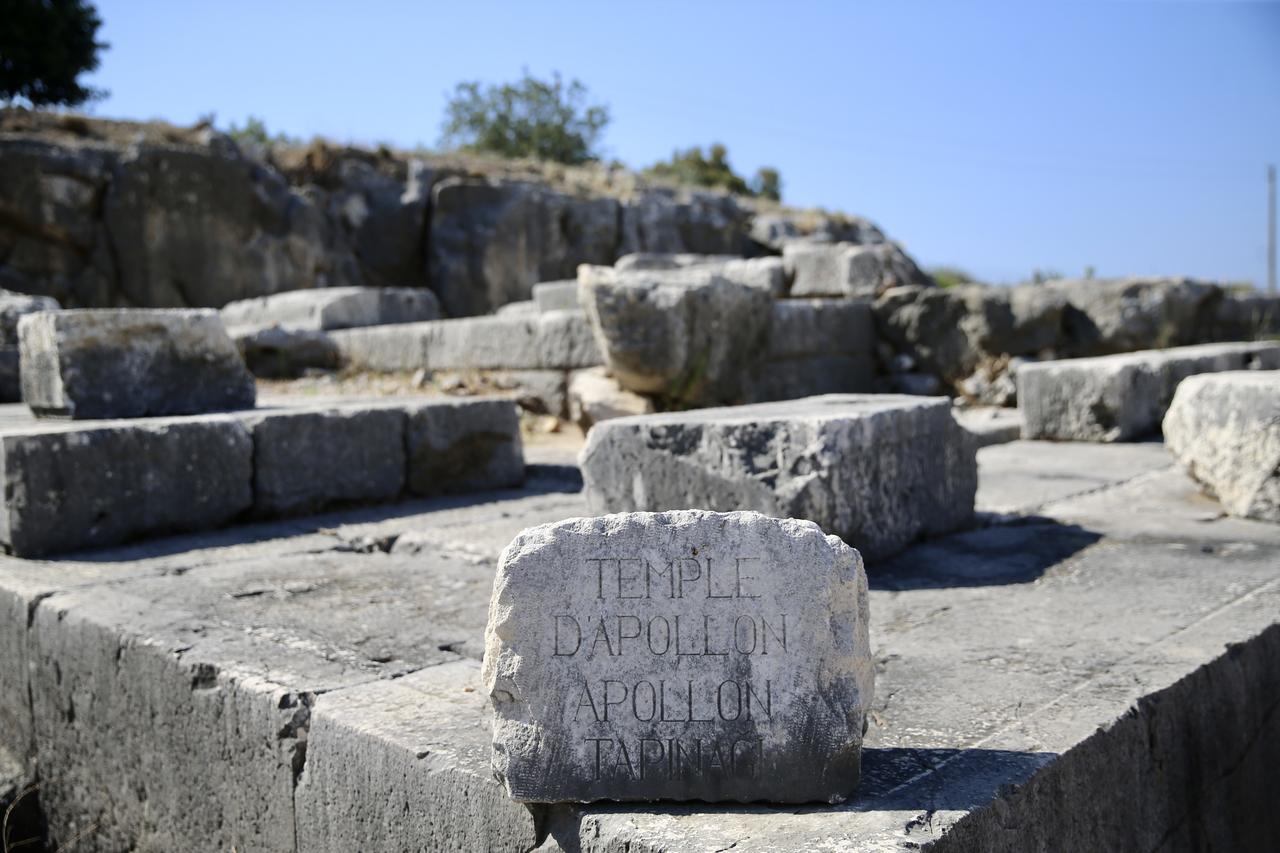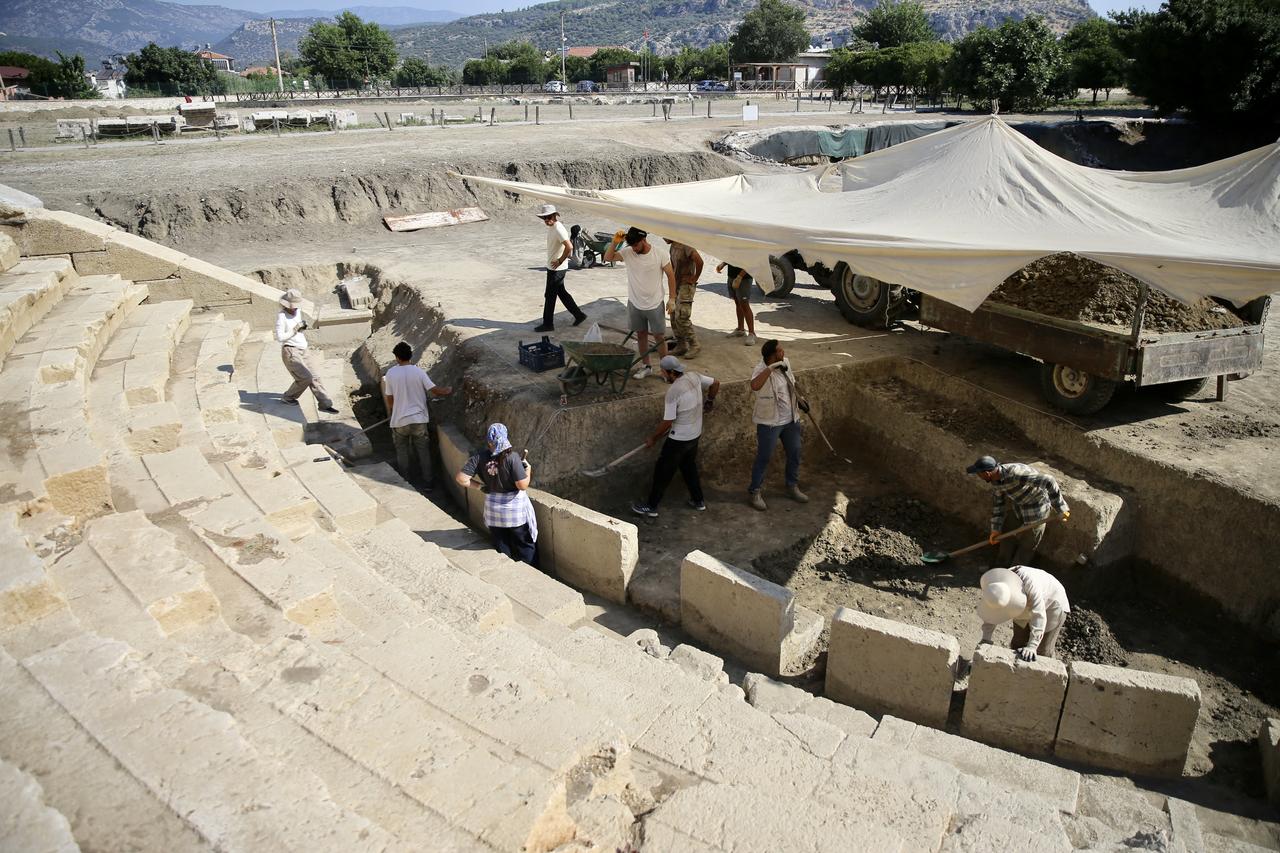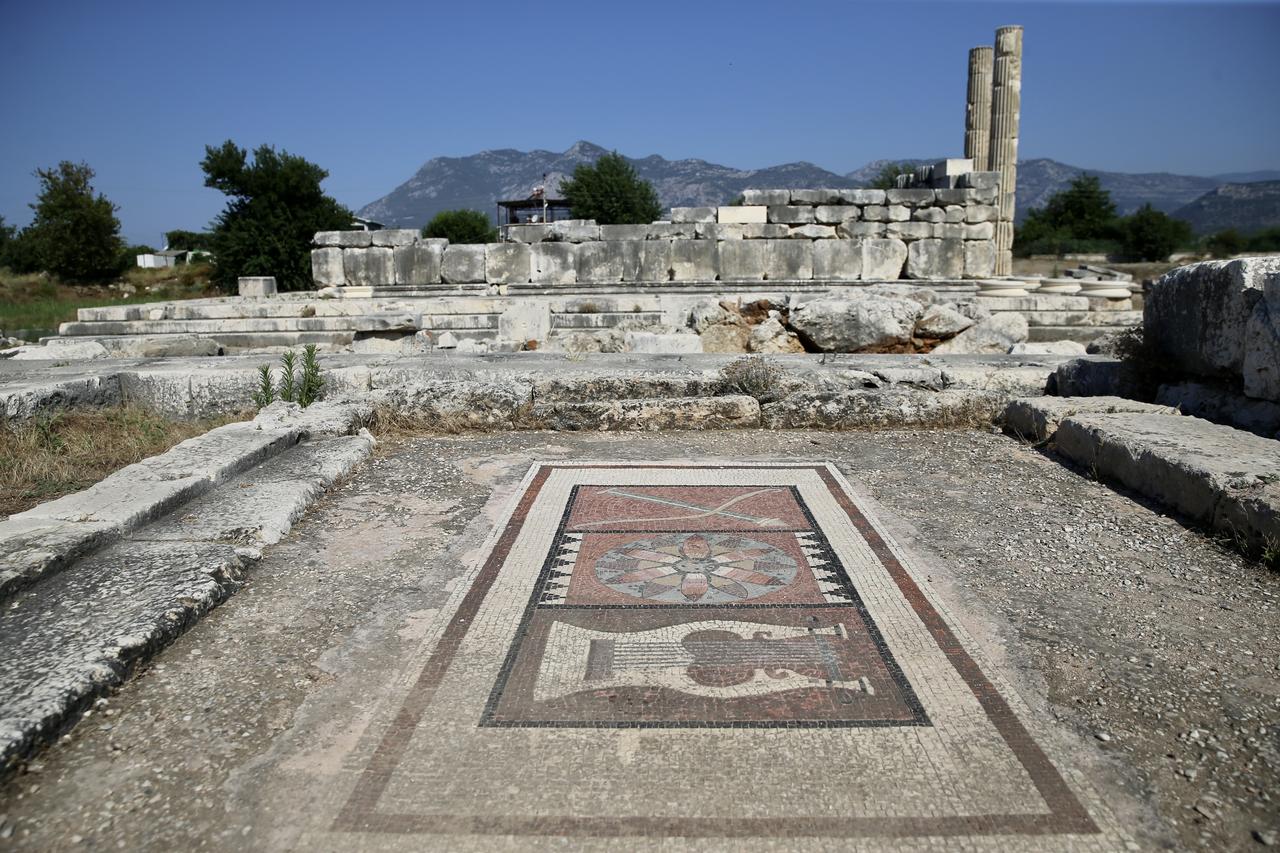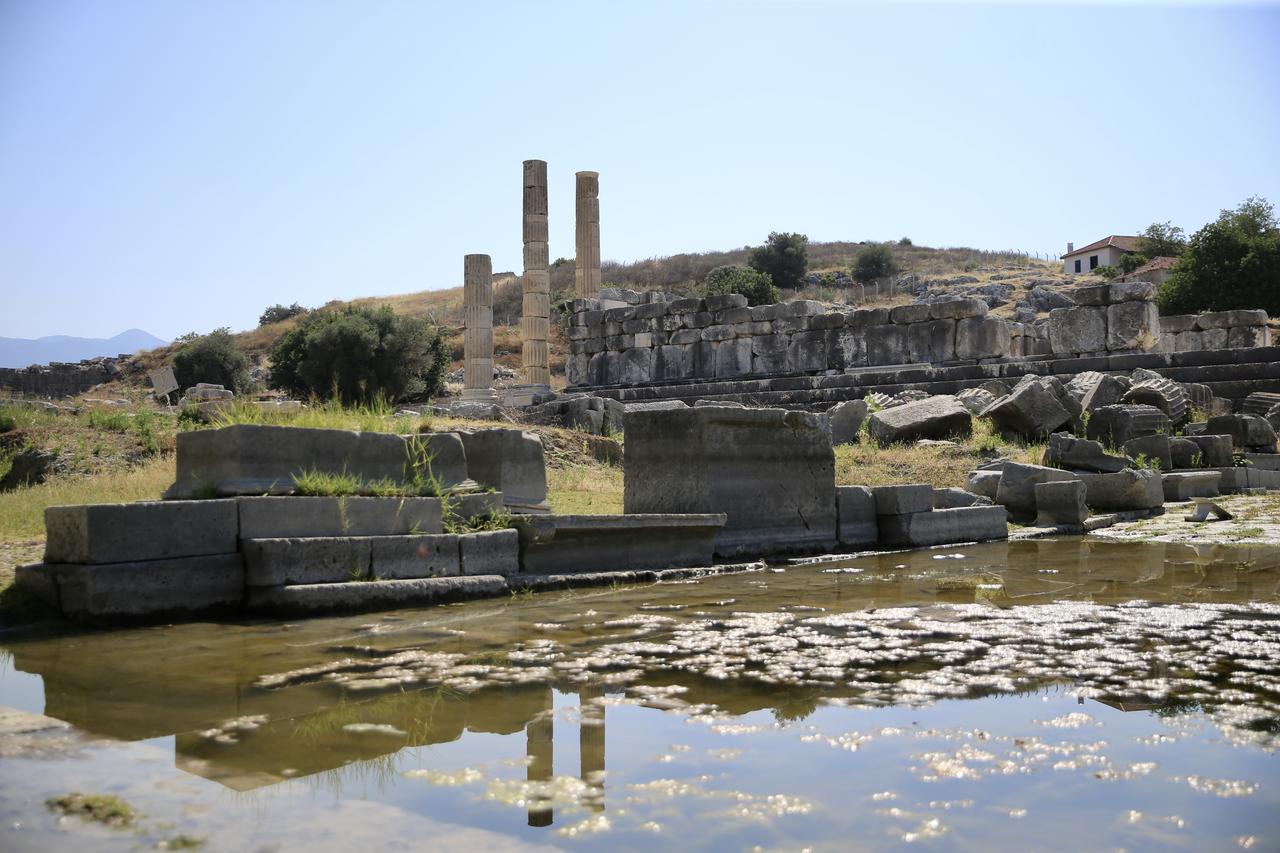
In Türkiye’s southwestern Mugla province, archaeological teams have launched a restoration project for the ancient theater within the Letoon Sanctuary, a UNESCO World Heritage Site since 1988.
The site, located in the Seydikemer district, shares its heritage designation with the nearby ancient city of Xanthos, situated in the neighboring Antalya province.
Widely recognized as the spiritual heart of the ancient Lycian civilization, Letoon is home to temples dedicated to Leto and her children, Apollo and Artemis—key figures in Greco-Roman mythology.
The area also features inscriptions and statue bases that narrate centuries of cultural and religious life. The sanctuary’s proximity to sacred water sources elevated its status as a central place of worship for the Lycian League, an ancient confederation of city-states.

According to the head of excavations, Associate Professor Hasan Kasapoglu of Ataturk University’s Department of Archaeology, one of the most significant findings at Letoon is a trilingual inscription discovered in 1973 near the Temple of Apollo.
Written in Lycian, Greek, and Aramaic, the inscription has been instrumental in the decipherment of the Lycian language and played a central role in the site's inclusion on the World Heritage List.

The ongoing archaeological work, supported by Türkiye’s Ministry of Culture and Tourism through the “Legacy for the Future” initiative, includes plans to restore the sanctuary’s ancient theater to its original form.
The theater, estimated to have seated up to 8,000 spectators, once hosted sacred festivals attended by the Lycian people.
Researchers plan to remove accumulated debris from the structure and eventually reintegrate it into modern cultural programming while preserving its historical integrity.

Another major component of the project involves restoring the Temple of Leto.
More than 1,300 architectural blocks related to the temple have already been identified and roughly positioned across the site.
Researchers now plan a detailed digital documentation effort, aiming to reconstruct the temple using 3D modeling and augmented reality technologies. If completed, this could become one of the most comprehensive reconstructions of an ancient temple in Western Anatolia.

The Letoon Sanctuary is located along the Lycian Way, a popular long-distance hiking trail that stretches along Türkiye’s Mediterranean coast.
Kasapoglu noted that the sanctuary already attracts substantial interest from international visitors, particularly due to its UNESCO status.
Once the restoration projects are completed and the site is illuminated for nighttime visits, it is expected to evolve into a major cultural tourism destination.
Plans are also underway to restore the southern sacred spring and the Hadrian Fountain, enhancing the site’s historical depth and visitor appeal.